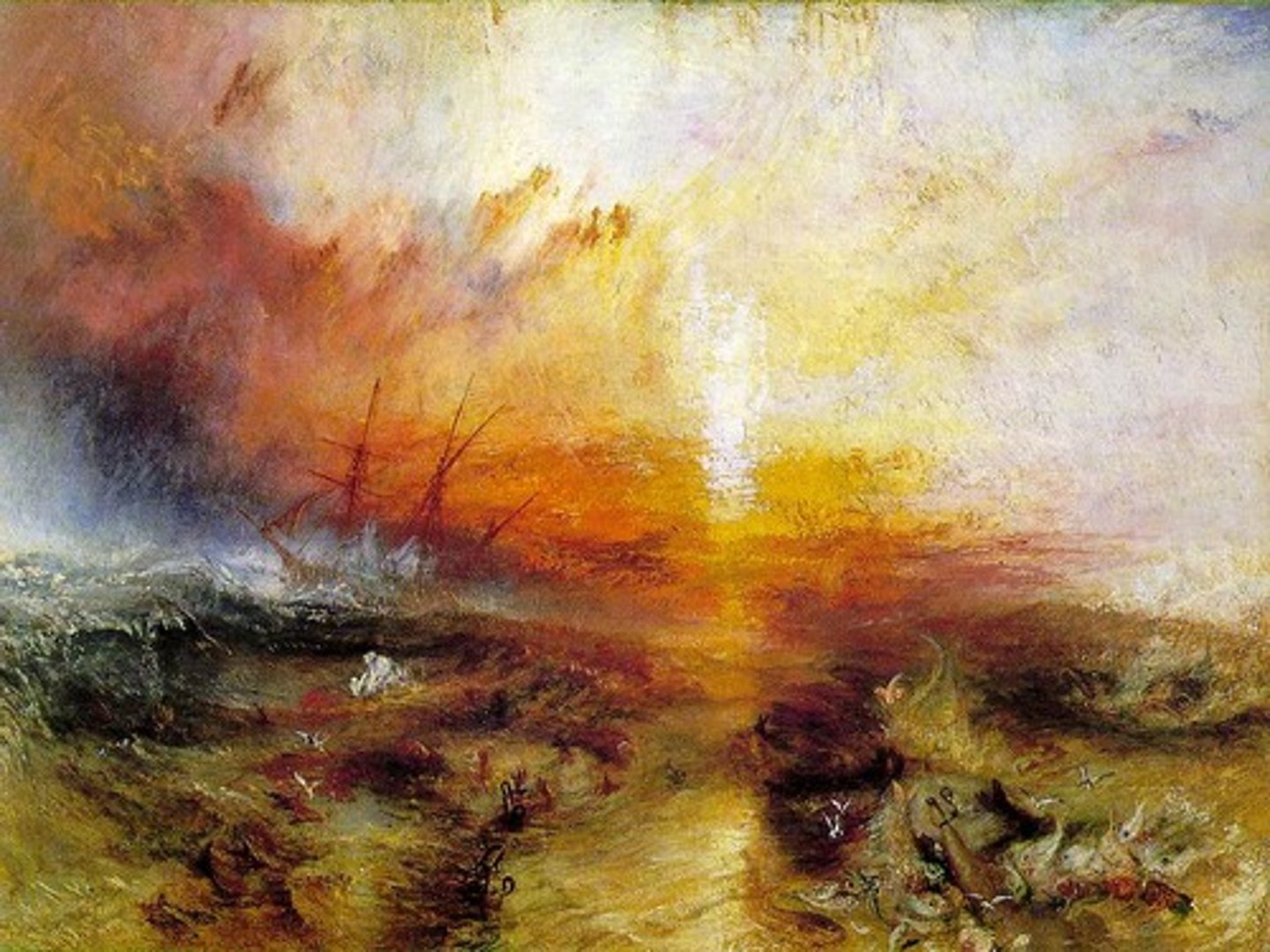Art History 225B Romanticism
1/12
There's no tags or description
Looks like no tags are added yet.
Name | Mastery | Learn | Test | Matching | Spaced |
|---|
No study sessions yet.
13 Terms
odalisque
a female slave or concubine in a sultan's harem
Orientalism
a literary and artistic movement of the nineteenth-century that was fascinated with the "exotic" cultures, people, and places of the Near East, North Africa, taking these as their subject matter
sublime
a state of high spiritual, moral, or intellectual value that was the goal of many nineteenth-century artists with their artworks; something awe-inspiring
Hudson River School
group of landscape painters, so named because its members drew their subjects primarily from the uncultivated regions of New York State's Hudson River Valley (although many also depicted scenes from across the country)
What happens in Europe during the late 18th and early 19th century that causes the shift away from Neoclassicism and the Age of the Enlightenment? (i.e. CONTEXT)
Context: reaction/alternative to Neoclassicism and the Age of Enlightenment; Romantic artists privileged imagination over reason
Upheavals across europe, including French Revolution, Napoleonic Wars
Enlightenment seemed to have failed - turmoil instead of progress, crisis instead of reform
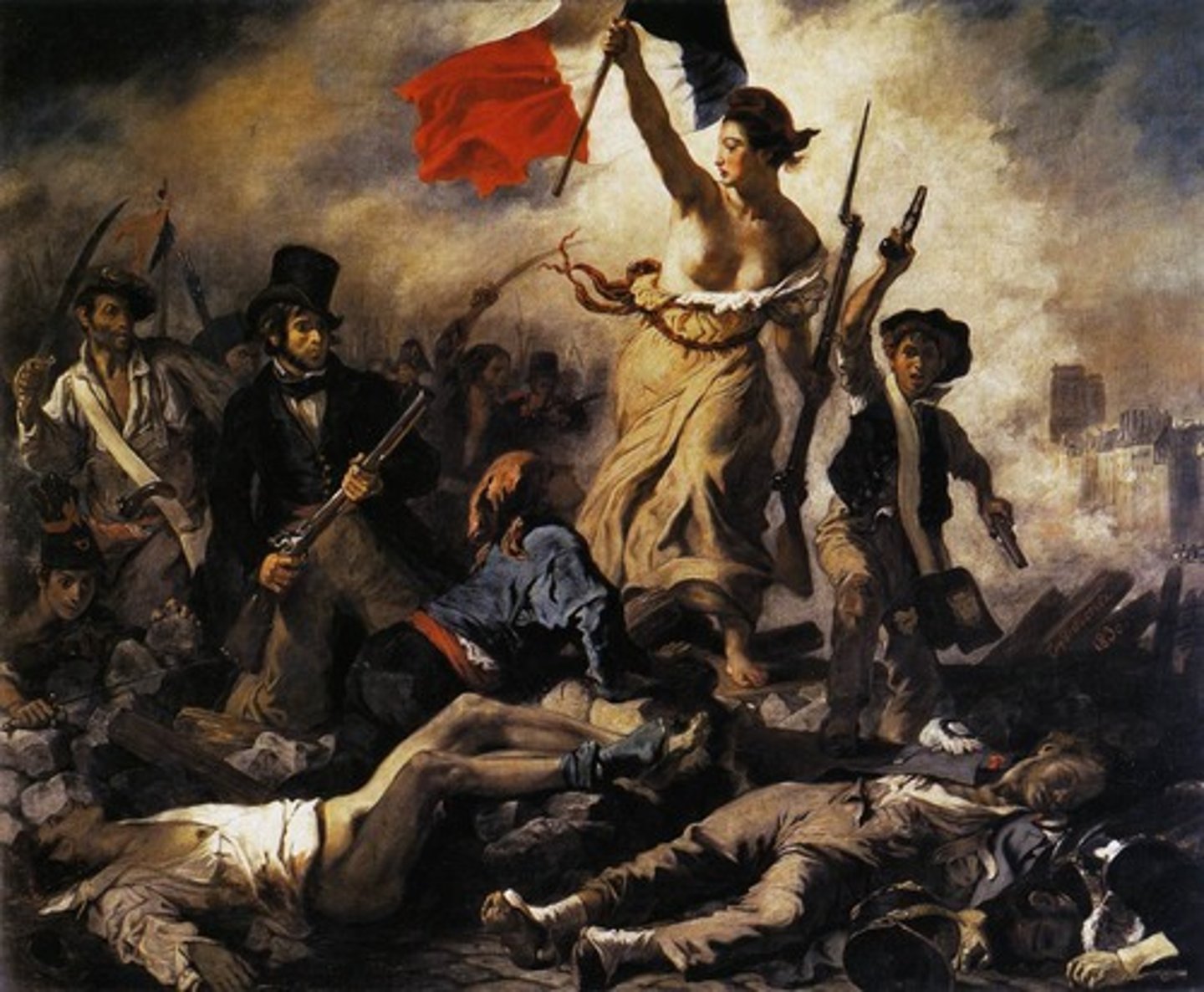
Artists like Ingres & Gros are considered Neoclassical artists but more often grouped with the Romantics - why? Use the Grand Odalisque and Napoleon in the Pesthouse at Jaffa to support your answer. Consider the subject and style of each specifically.
"Stylize for effect" Grand Odalisque - the proportion of her body makes everything more sensual. Her turan, fan, and hookah also make her more exotic. Napoleon in the Pesthouse at Jaffa - dramatic lighting, sick and dying people rich colors, middle eastern setting (architecture), and looseness in the painting style.
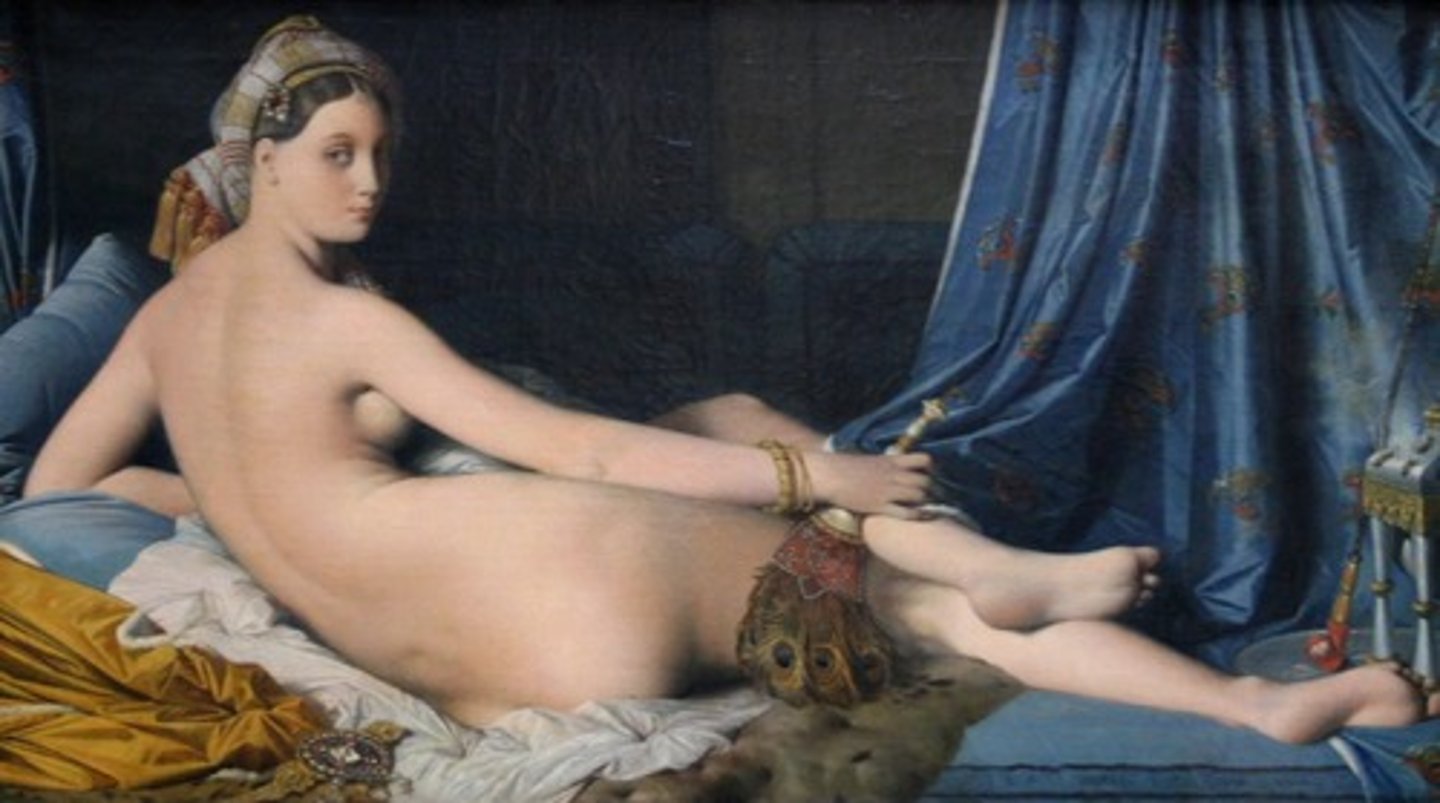
Romanticism Bracket Date
1780-1860
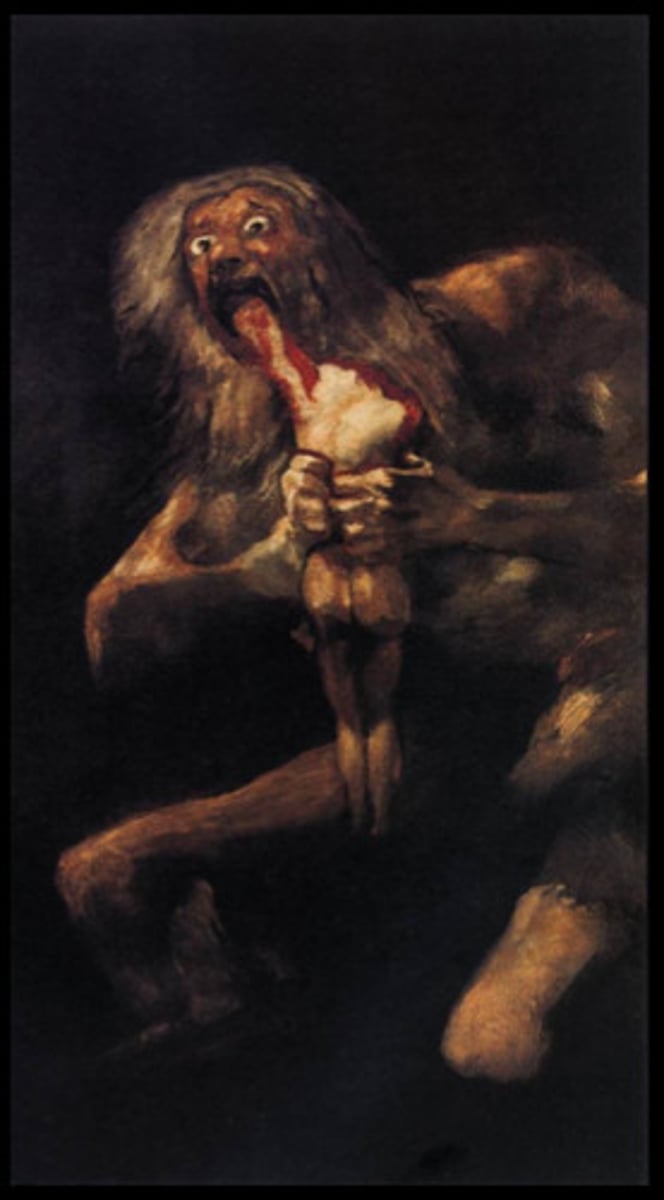
What is the story behind the commission of Gros' Napoleon in the Pesthouse at Jaffa? What was the function of this work? Where was it shown and who was the audience? How does Gros treat his subject, Napoleon?
This is a propaganda piece that suggests that Napoleon is unafraid of sickness, that he is powerful and can heal with his touch, like Jesus. But he actually orders later that all of the sick French soldiers be poisoned so that they won't spread the disease. But not all of them died, so they went back to france and told everyone how bad Napoleon is
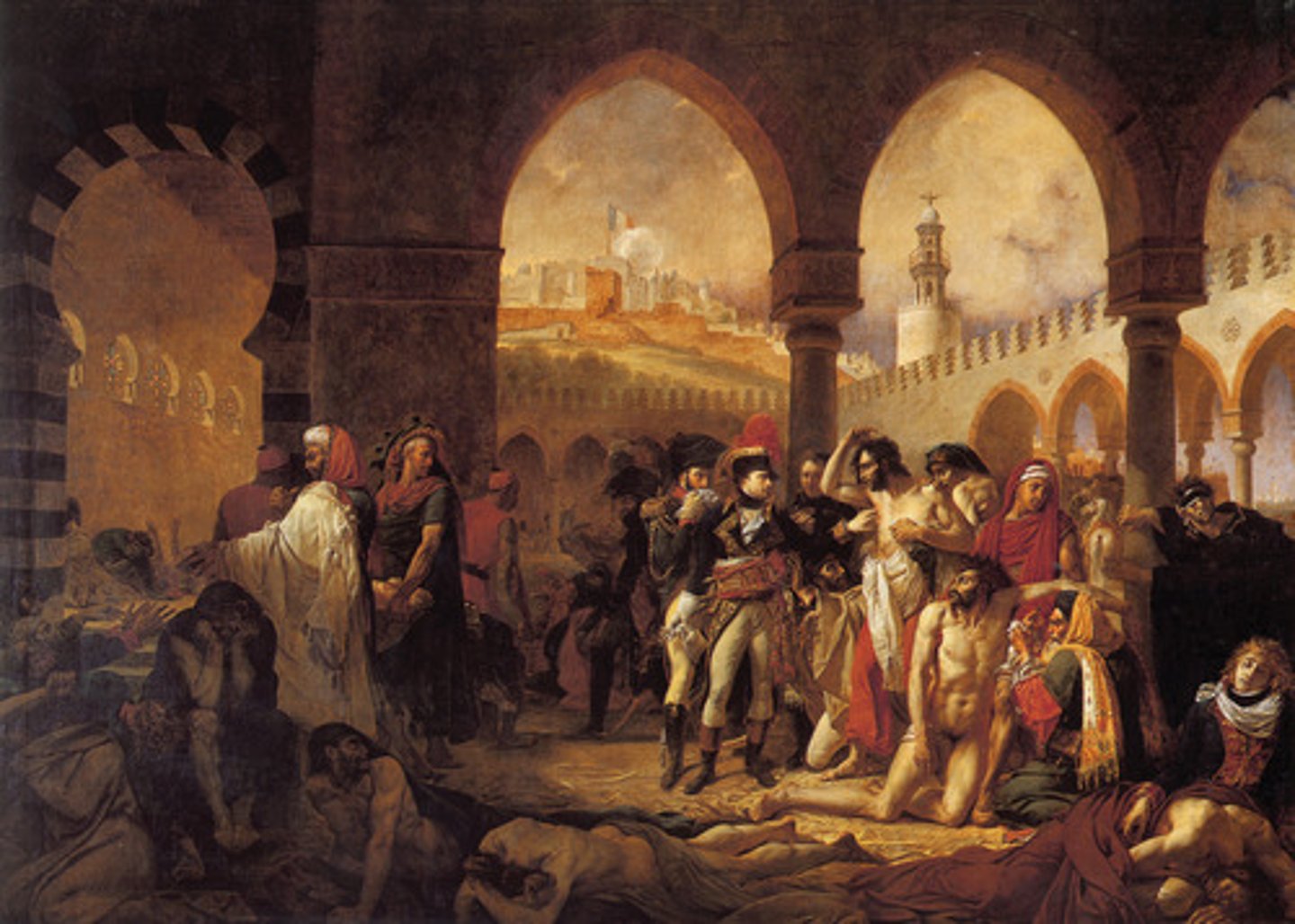
Although Romanticism is a pan-European phenomenon, there are certain stylistic elements common to the majority of artists in this group - be able to define them. (think: what's our Romanticism catch-phrase?)
"Stylize for effect" loose, fluid brushwork, bold colors, strong contrasts of light/dark, expressive poses & gesture, and complex compositions. Art is based on feelings, intuition, emotions, and imagination. Art is a subjetive vision, an individual expression
In addition, Romantic artists embraced a certain type of subject matter - what kind?
Subjects: frightening, horrific, extreme, melodrammatic, fascination with violence, cruelty, suffering, the exotic & erotic.
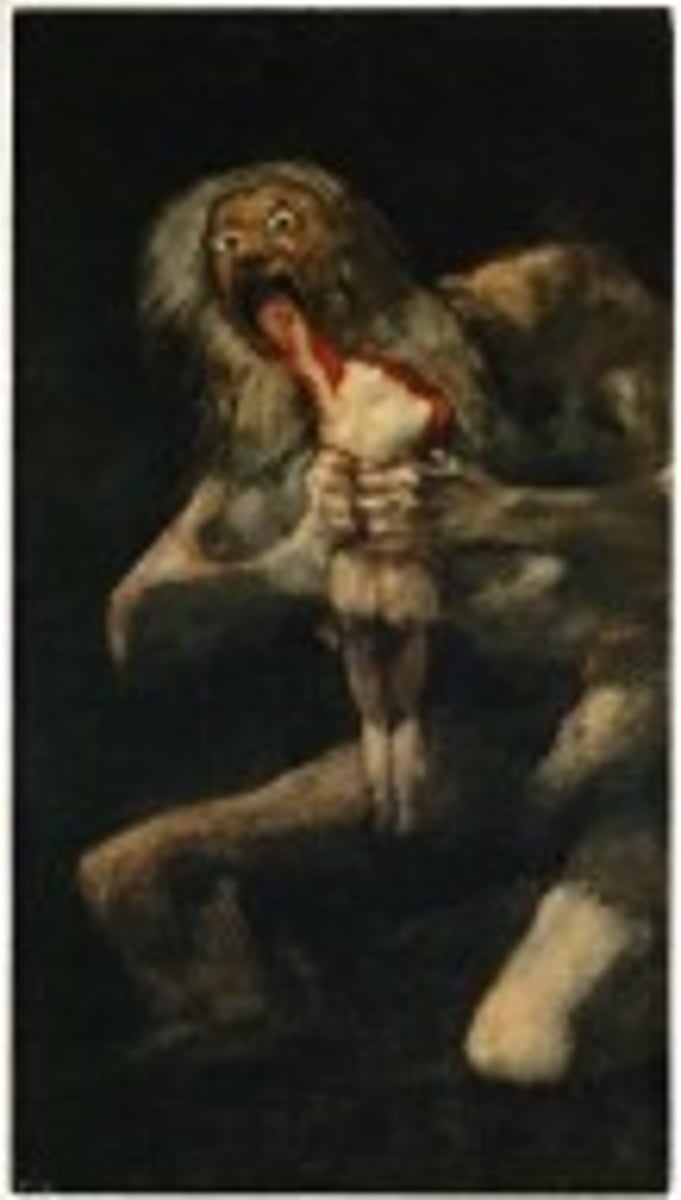
Romanticism is a style that spreads across Europe - France, Spain, Germany, England - what are the shared interests of these artists? In what ways do they differ? Think: are there specific nationalistic concerns? What is happening in each country that specifically affects artists of that nationality? What subject matter is being chosen & why?
All focused on themes of death, violence, suffering, cruelty, erotic, and exotic. France tends to focus on itself and its own monarchy/government (whether that is to comment on its corruption or bolster it). Spain, such as in Goya's work, points fingers at the cruelty of other nations. Germany and the untied states focused less on violence (which, of course, they did some. See Turner's The Slave Ship), and focused more on landscape and human morality's relationship with nature. Just after the civil war. All countries feeling the effects of war.
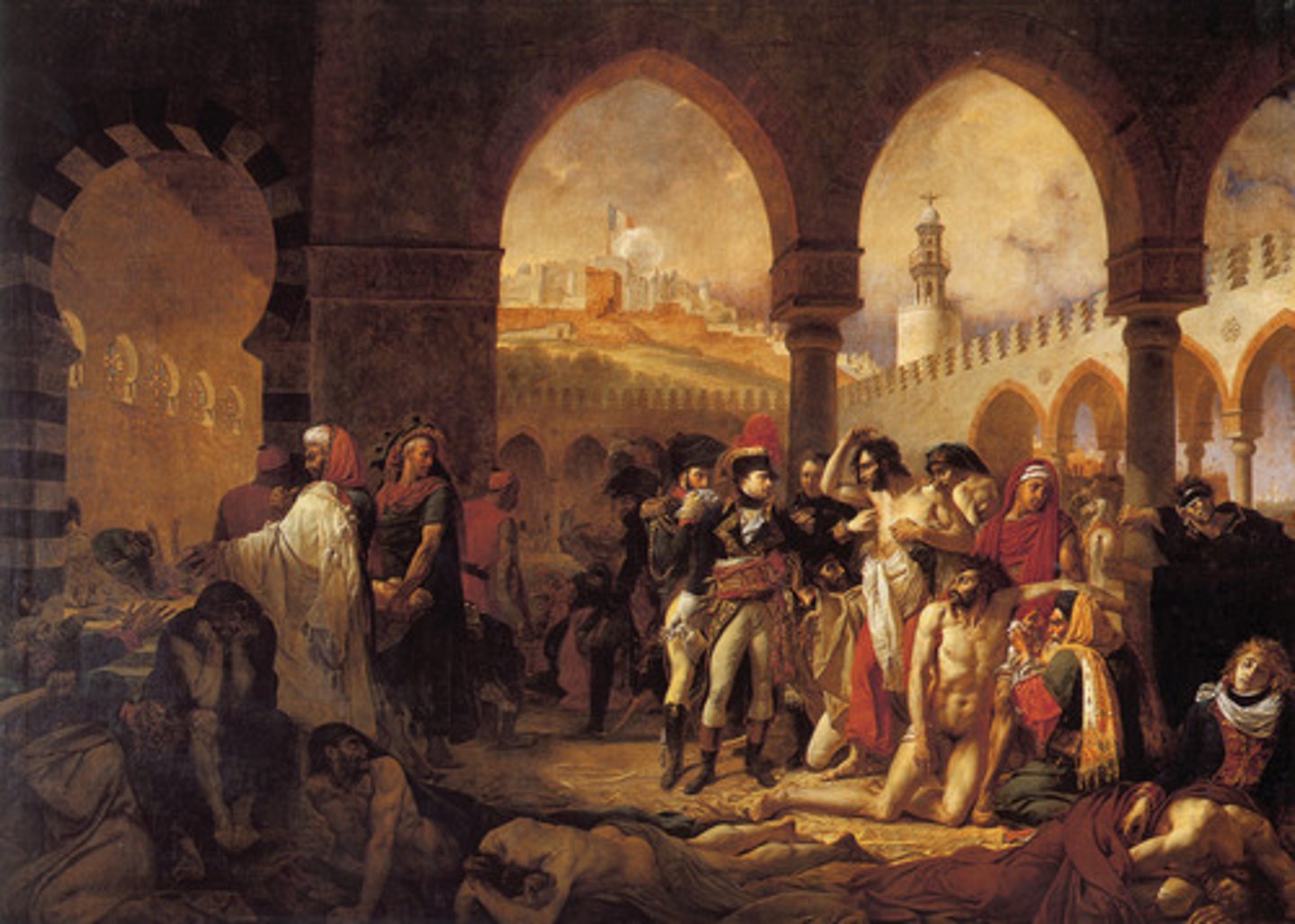
For example, what is the subject of Goya's Third of May, 1808? How this a Romantic painting? How does the painting tie directly to Goya's Spanish identity?
Depicts the massacre of defenseless Spanish citizens. The man in white has his arms up like Jesus. We are supposed to view them as innocent. We see the faces of all of the victims, but not the faces of the shooters (french troops). This piece was commissioned by the son of the Spanish king to remind people how bad Napoleon was.
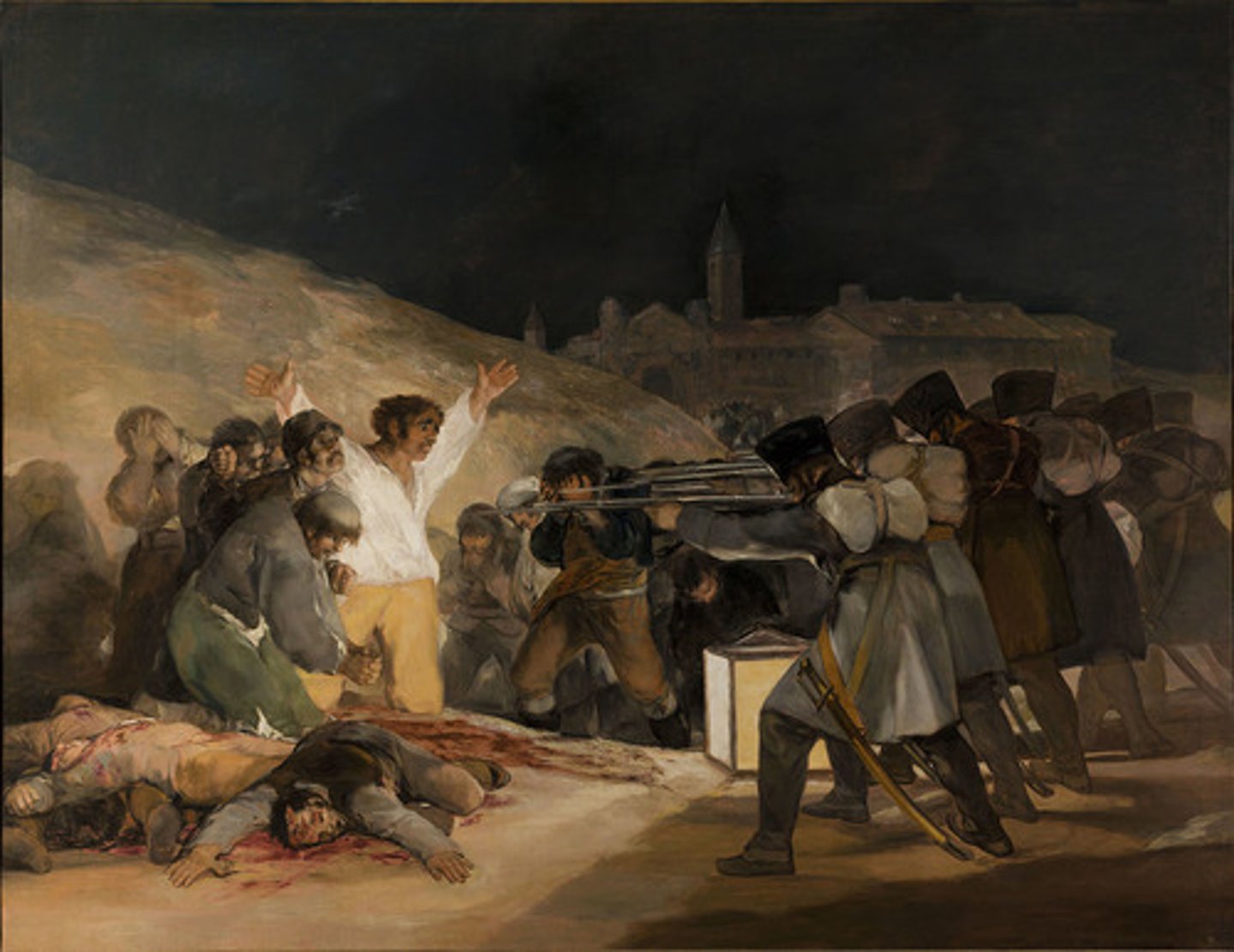
Be able to discuss the place of landscape in the Romantic movement, specifically the concept of the sublime. Think: why does landscape appeal to the Romantics? And how do artists like Friedrich, Bierstadt, and Turner embrace the style of Romanticism using the subject of nature? What is nature to each of these artists?
Friedrich was interested in depicting nature in a very mystical and spiritual way. He was meditating on human morality. Bierstadt wanted to capture the vastness of nature, making it seem that it goes on forever and is touched by God. Turner used a scene depicting the depravity of man to create a destructive, uncontrollable, and frightening landscape.
